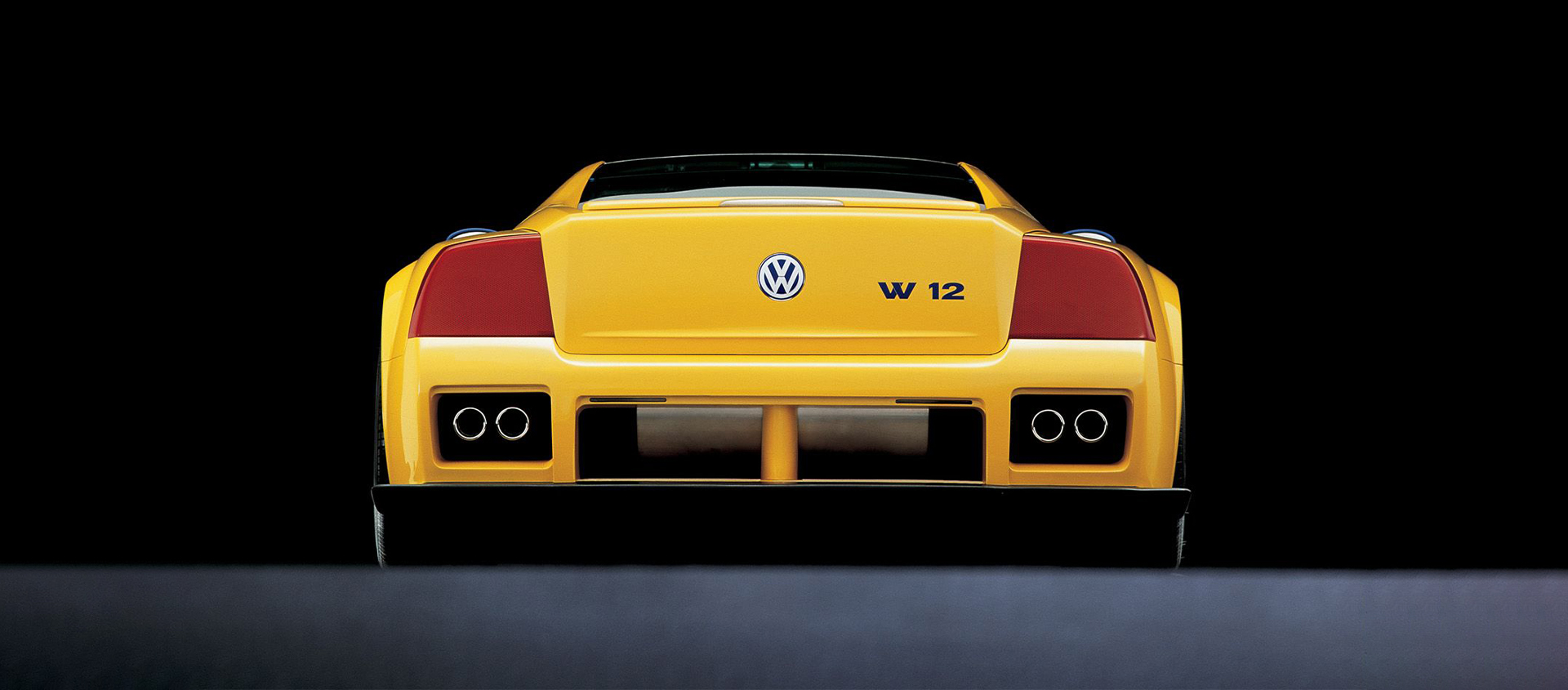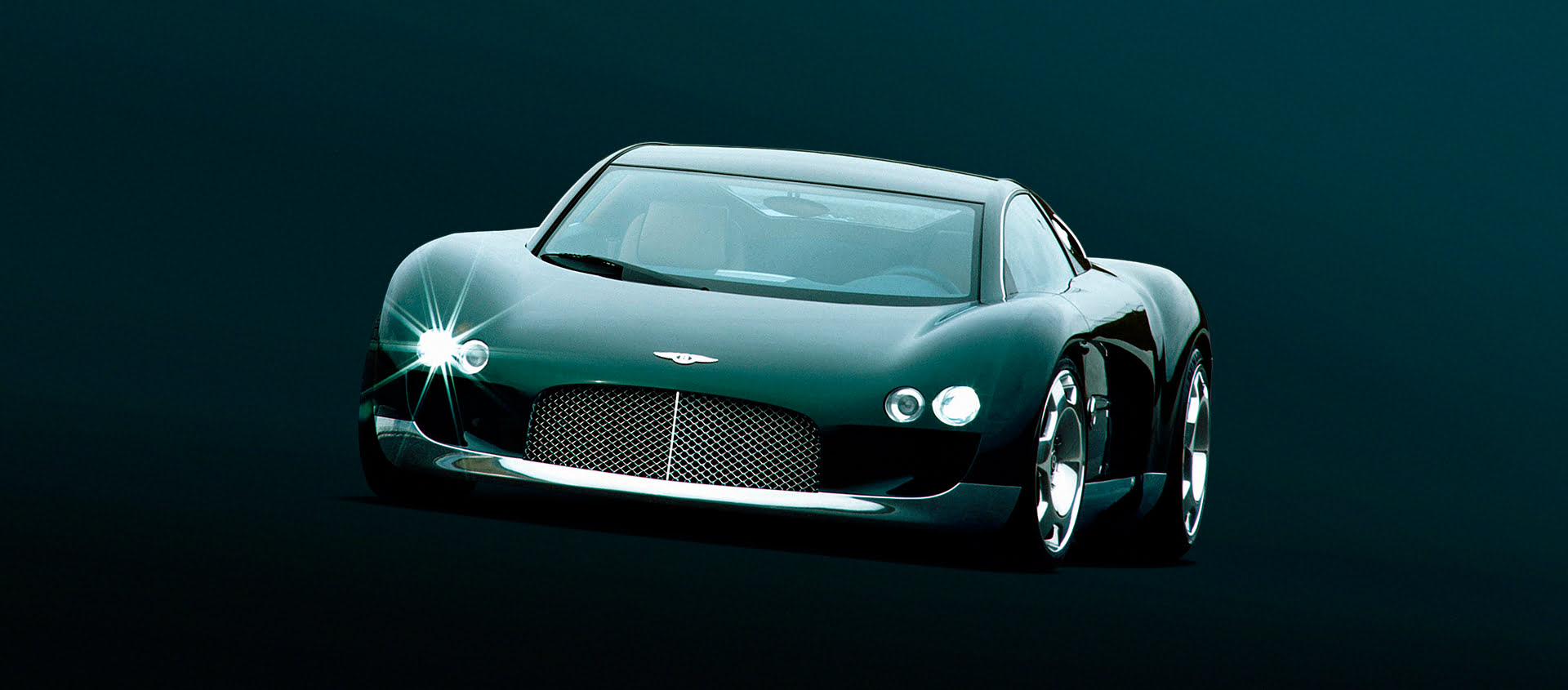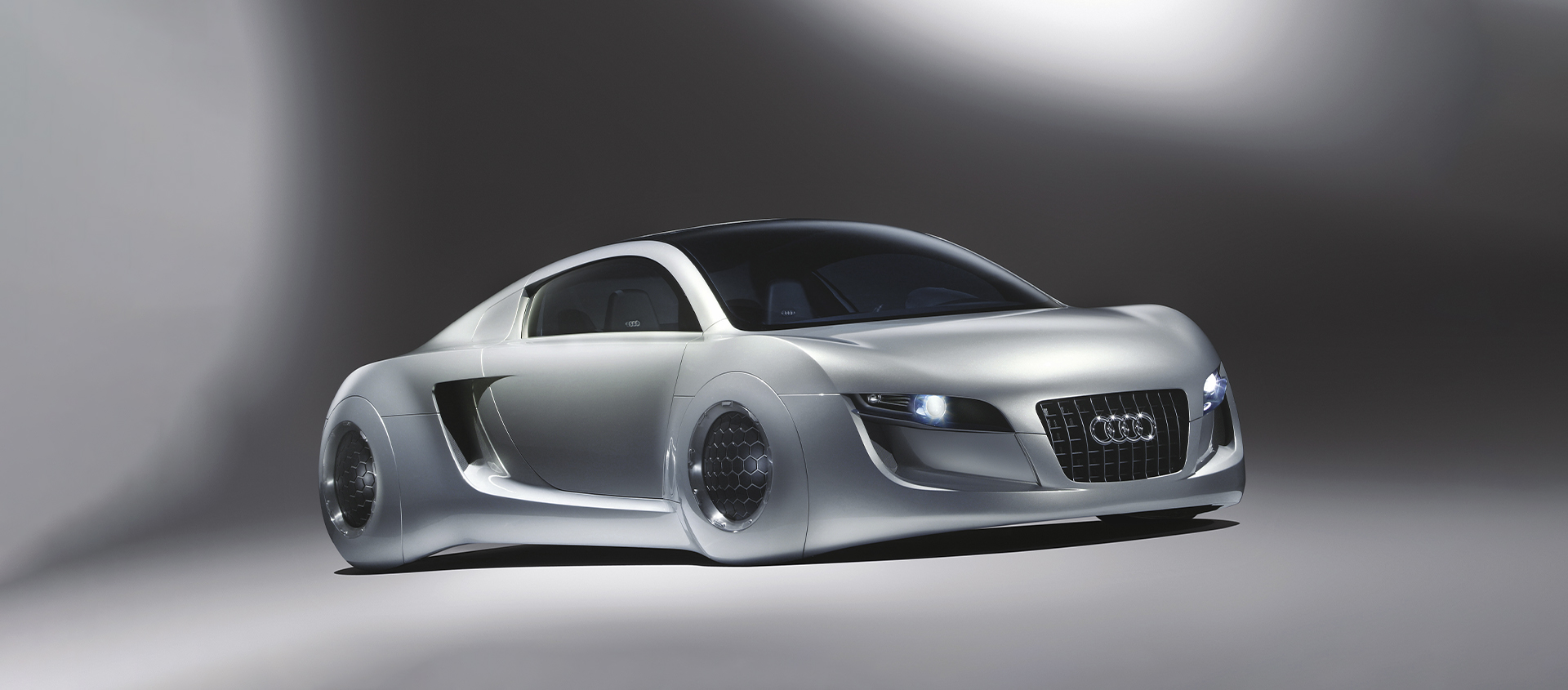The Fallen Stars Volkswagen W12 Nardo
02 July 2022 4 min read 8 images

There have been men able to bring a touch of genius, and sometimes madness, to the world of the automobile. Ferdinand Piech, the grandson of Ferdinand Porsche and a passionate lover of mechanics, was one of them. In his life, he moved from Porsche to Audi, a prestigious brand of the Volkswagen Group, then to the leadership of the Group itself and finally back to Porsche with an important stake in the company. In this succession of events, his strategic role was always fundamental both for the significant strategic choices he made, and also in the definition of the products he developed.

In fact, Piech always insisted on personally approving the cars destined for production. In addition, he had a particular passion for sports cars, so much so that the acquisition of brands such as Lamborghini, Bugatti and Bentley was a given.

The W12 first saw the light of day in those years, first as a coupé in 1997, then as a roadster in 1998 and finally the Nardo version in 2001. The team started out with the company’s Syncro all-wheel-drive technology and mated it to a naturally aspirated 5.6-liter naturally aspirated W12 engine capable of 414hp. The bodywork was designed by Giorgetto Giugiaro of Italdesign.

From the outside, the question worth asking was: why build an extreme sportscar under the VW brand when the Group already had several large and established sports car manufacturers under its umbrella? The answer is easy: because Piech wanted to challenge the technicians of the various companies of the group and push them to do even better. A sort of graduation exam that was well received and, at the same time, saw the demise of the W12 project. Piech could never have been satisfied with that result, however, and he wanted to leave a mark.

And so on 23rd February 2002, the VW development team took the W12, now with the original 5.6-litre unit upgraded to a 6-liter one capable of producing 591hp, to the steeply banked 12.5 km (7.8 mile) Nardò Ring in southern Italy. The goal was to set the 24-hour speed record. Mission accomplished: the car run for 24 straight hours, covering 7,749 kilometres (4,815 miles) at an average speed of 322 km/h (200.6 mph).

Piech’s genius struck again! And not only that: The W12 concept went on to inspire the Audi A8, Bentley Continental GT and Flying Spur as well as on the flagship Volkswagen: the Phaeton.



CLASSIC CAR MATCHER


